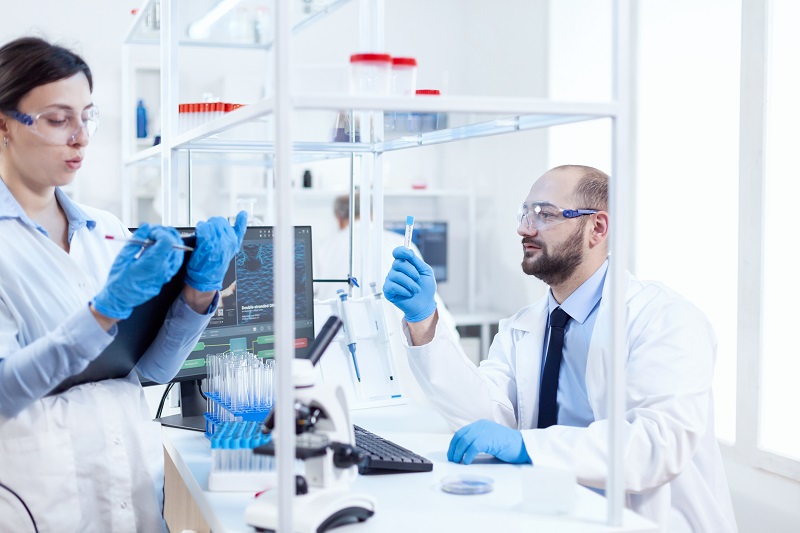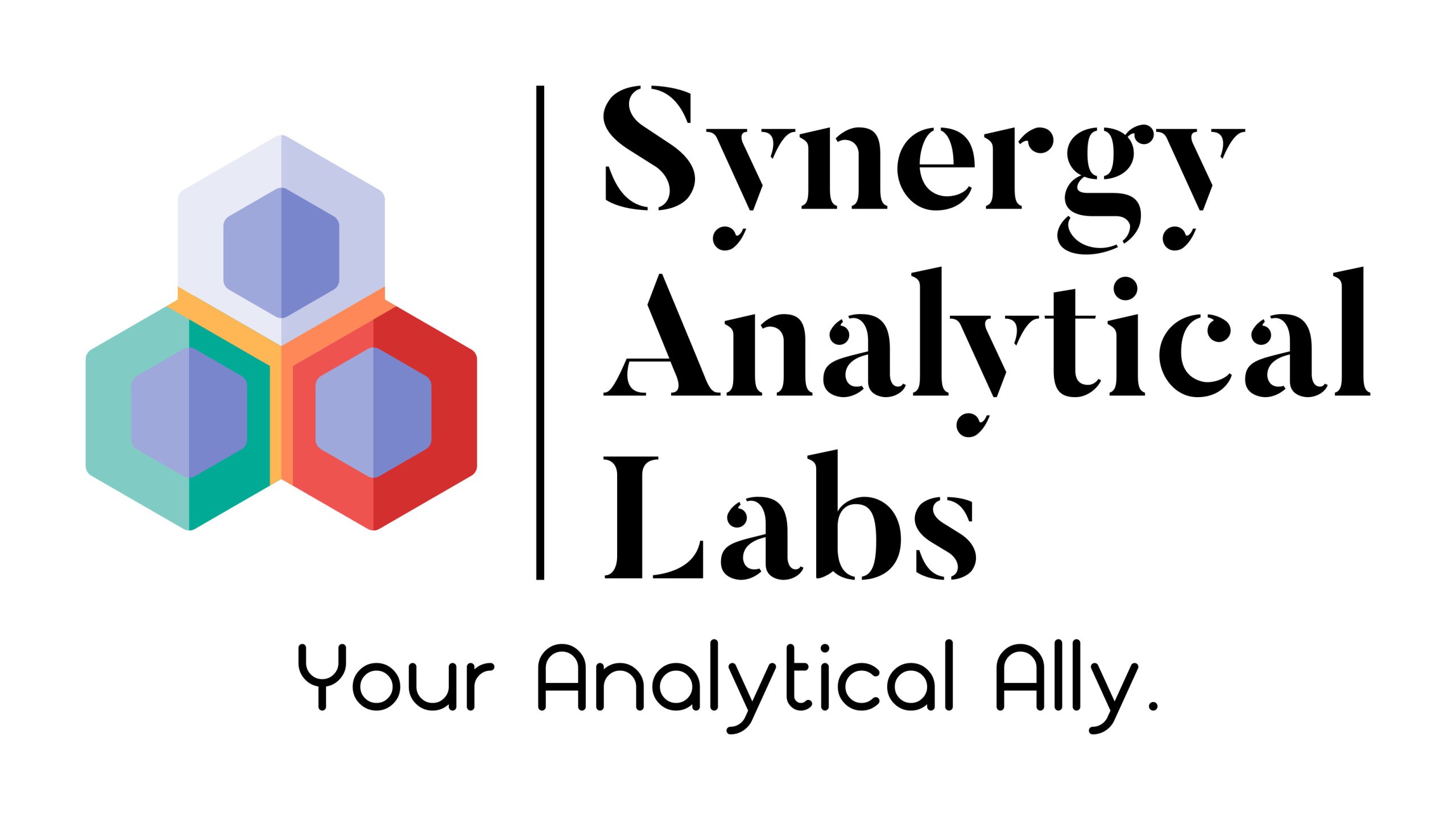QuEChERS sample preparation: -
easier, more convenient, and affordable


QuEChERS (Quick, Easy, Cheap, Effective, Rugged, and Safe) is a sample preparation method that was initially developed in 2003 for analyzing veterinary drugs in food. The method was also tested for pesticide residue analysis in plant material with great success. In 2003, the detailed method was published in the journal AOAC International. Since then, the QuEChERS method has evolved into a sample preparation technique used on a variety of analytes in an expanding number of sample types before analysis by GC-MS/MS and LC-MS/MS.
Synergy AnalyticsTM QuEChERS kits contain pre-packaged, ready-weighed salts, sorbents, and buffers to streamline your workflow and minimize the potential for error.
The kits are grouped according to your analytes of interest, sample matrix, and preferred QuEChERS method:
- Original 2003 Method
- AOAC 2007.01 Method
- EN 15662 Method
- NY/T 1380-2007 Method
Complete packages—including both extraction and clean-up kits—are available. Extraction-only and cleanup-only kits are also offered to suit your laboratory’s sample preparation needs. These pre-packaged kits save time and money, make QuEChERS procedures easier and more convenient, and ensure quality to yield reproducible results and excellent recoveries for a wide variety of analytes.
Extraction Kits
QuEChERS salts and buffers are prepackaged in 50ml/15ml tubes. based on your method of analysis Extraction kits include:
50 polypropylene centrifuge tubes (50 mL) with caps, pre-weighed MgSO4, NaCl, or other salts for buffering.
Extraction kits can also be purchased with ceramic homogenizers. These provide consistent grinding of the material being homogenized and can minimize variation.
Dispersive Kits
QuEChERS dispersive kits supplied in 2- or 15 mL or 50 mL centrifuge tubes accommodate the aliquot volumes specified by current AOAC and EN methodologies. Select the dispersive kit suited to the type of food or natural health products or any inhouse pesticides methods and the method followed. The sorbent extracts the sample matrix, while MgSO4 helps remove excess water and improve analyte partitioning.

